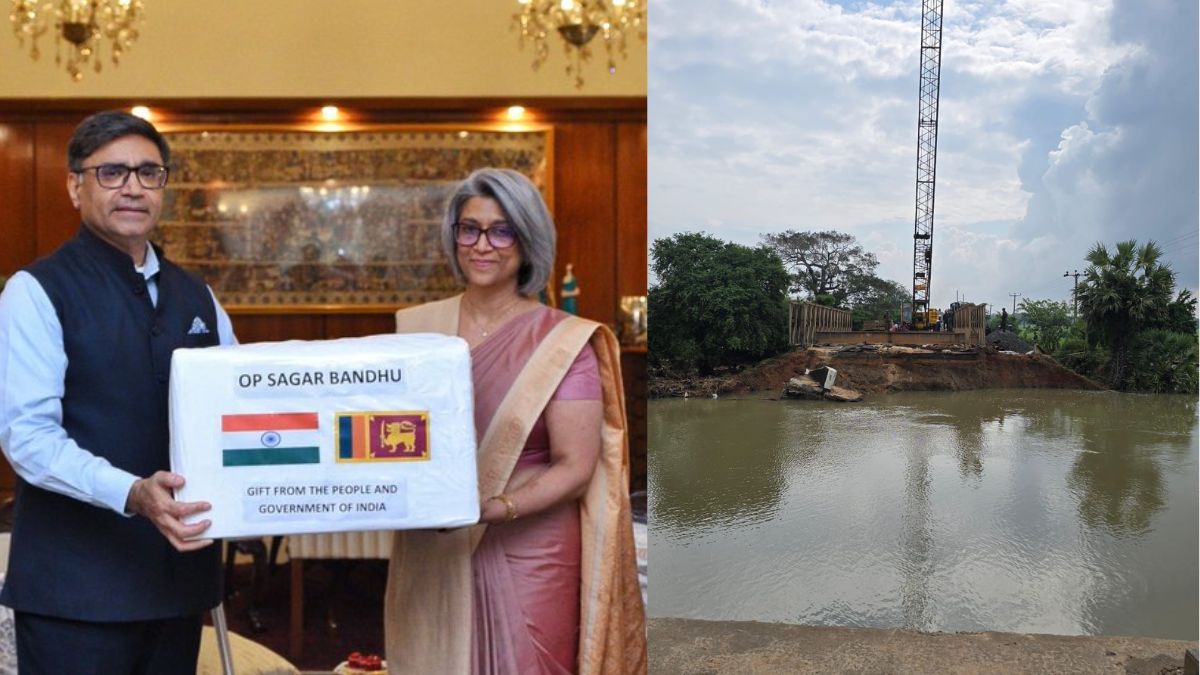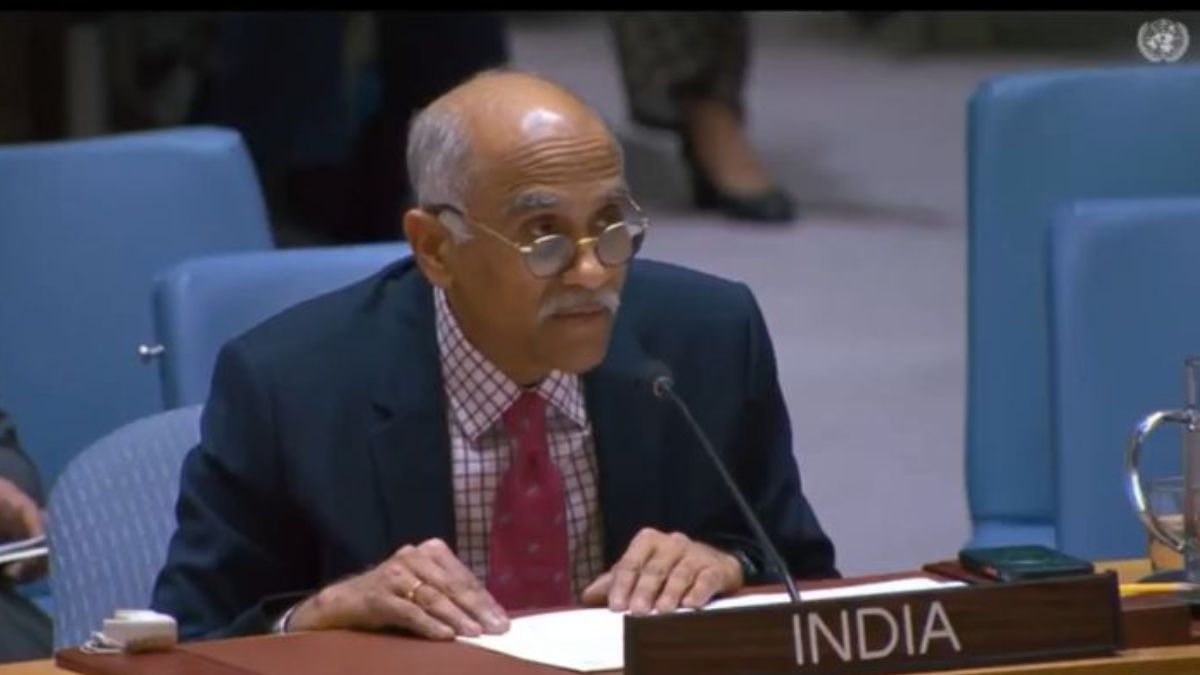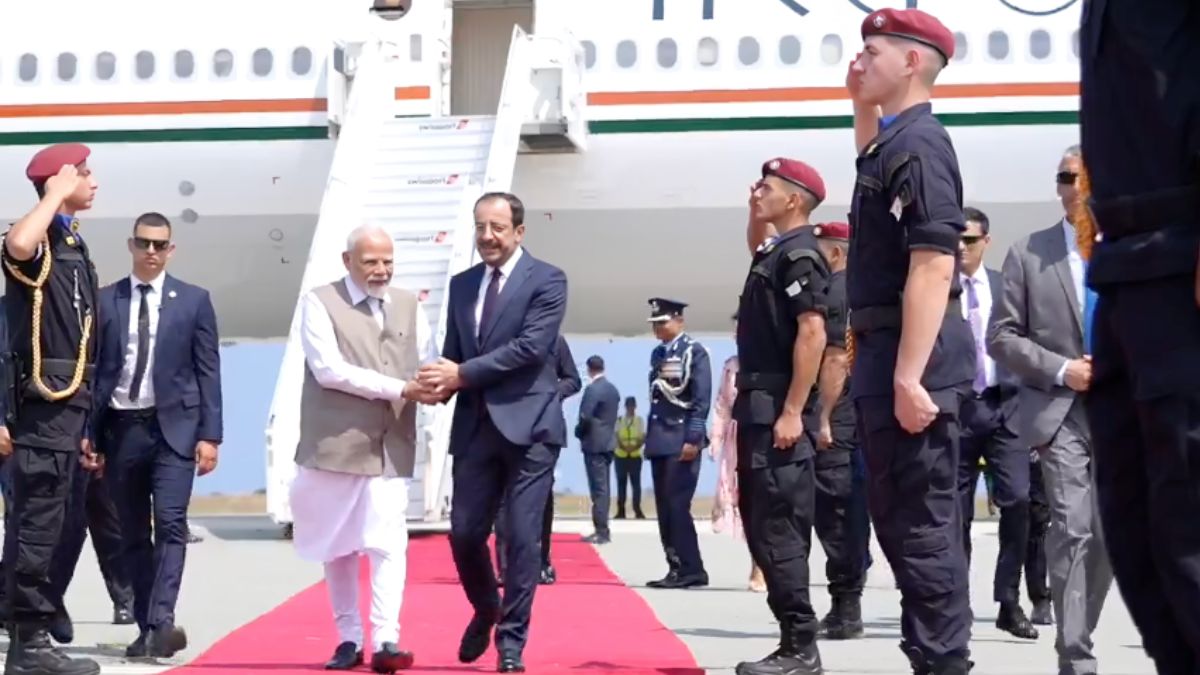JeM Chief Masood Azhar Spotted In PoK, After Pak FM Claimed He Could Be In Afghanistan

Jaish-e-Mohammad Chief Masood Azhar has been spotted in Gilgit-Baltistan in Pakistan-occupied Kashmir. Image courtesy: RNA
The chief of Jaish-e-Mohammed (JeM), Masood Azhar, has been seen in Skardu, a key town in Pakistan-occupied Kashmir’s Gilgit-Baltistan region, over 1,000 kilometres from Bahawalpur— long known as the operational centre of the UN-designated terrorist’s network. His presence in the strategically sensitive Himalayan region comes amid renewed tension between India and Pakistan following Operation Sindoor, which targeted key terror infrastructure linked to JeM and Lashkar-e-Taiba (LeT).
The sighting raises fresh questions over Islamabad’s repeated denials about Azhar’s location. Just days earlier, Pakistan’s Foreign Minister Bilawal Bhutto Zardari told Al Jazeera that Pakistan did not know Azhar’s whereabouts and would be willing to arrest him if India provided credible proof of his presence on Pakistani soil.
Why does Jaish-e-Mohammad Chief Masood Azhar’s location matter?
Masood Azhar is the founder and chief of JeM, which has claimed responsibility for multiple terror attacks against India. These include the 2016 assault on the Pathankot Air Force base and the 2019 Pulwama suicide bombing, which killed over 40 Indian security personnel.
Azhar was previously in Indian custody but was released in 1999 as part of a hostage deal following the hijacking of Indian Airlines flight IC-814 to Kandahar. His release led to the formation of JeM, which has since remained one of the most active Pakistan-based terror outfits targeting India.
India has long maintained that Azhar operates freely under the protection of the Pakistani state, despite being listed as a terrorist by the United Nations Security Council. His appearance in Gilgit-Baltistan suggests continued freedom of movement, challenging Pakistan’s official narrative and potentially complicating diplomatic engagements.
Is Pakistan’s stance on Azhar consistent?
Publicly, Pakistan has maintained that Azhar is either untraceable or potentially in Afghanistan. During his interview with Al Jazeera, Bilawal Bhutto Zardari reiterated this line, while also claiming that LeT chief Hafiz Saeed is not a free man. Both leaders are subjects of long-standing extradition requests by India, and their fates have often been tied to periods of diplomatic thaw or tension.
The timing of Azhar’s appearance in Gilgit-Baltistan, soon after Indian strikes and amid diplomatic claims of ignorance, undermines Pakistan’s credibility on counterterrorism cooperation. For India, it reaffirms the need for persistent vigilance and reinforces the rationale behind operations like Sindoor.
What was the impact of Operation Sindoor on JeM, Masood Azhar?
Operation Sindoor, launched by the Indian military in May, involved coordinated precision strikes on nine terror installations across Pakistan-occupied Kashmir and Pakistan’s Punjab province. These strikes specifically targeted operatives and infrastructure associated with JeM and LeT, including facilities in Bahawalpur.
According to media reports, one of the main targets was JeM’s Usman-o-Ali campus (also known as Jamia Masjid Subhan Allah) which serves as the outfit’s de facto headquarters. Among those reportedly killed in the strikes were Azhar’s sister, her husband, a nephew and his wife, and a niece, along with several other members of his extended family.
Despite these losses, reports from earlier this month suggest Pakistan has begun rebuilding some of the terror launchpads and training centres destroyed in the strikes. This development raises concerns about the sustainability of India’s counterterrorism gains and the extent of state complicity in the revival of cross-border terrorism.







